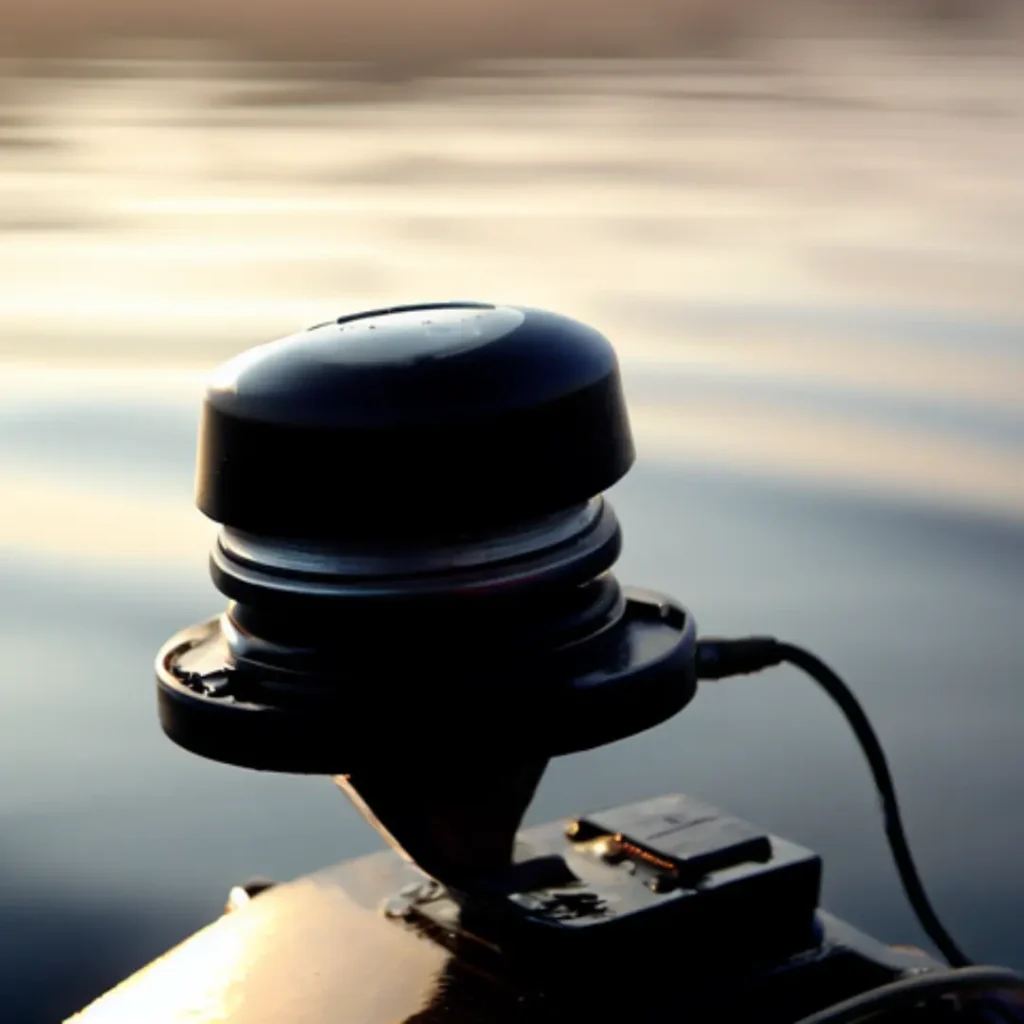Mount the transducer on the back of the bass boat, near the centerline, in a location that provides a clear view of the water. When installing a transducer on a bass boat, it is crucial to choose the right location to ensure accurate readings and efficient performance.

The transducer should be mounted on the back of the boat, near the centerline, to minimize interference and provide a clear view of the water. This position allows for optimal depth and fish finding capabilities.
Table of Contents
What tools are needed to mount a transducer on a bass boat?
To mount a transducer on a bass boat, you’ll need the following tools:
- Drill: You’ll need a drill to make holes in the boat for the screws that will hold the transducer bracket in place.
- Screwdriver or Screw Gun: This is used to drive the screws into the holes you’ve drilled.
- Drill Bits: You’ll need drill bits that match the size of the screws you’re using.
- Silicone Sealant: This is used to seal the holes you’ve drilled to prevent water from getting into the boat.
- Marker or Pencil: This is used to mark the spots where you’ll drill the holes for the transducer bracket.
- Tape Measure or Ruler: This is used to ensure that the transducer is mounted in the right location and at the right angle.
- Level: This can be used to ensure that the transducer is mounted level with the waterline.
- Wire Strippers/Cutters (optional): If you need to adjust the length of the transducer cable, you might need wire strippers/cutters.
- Cable Clamps and Zip Ties (optional): These can be used to secure the transducer cable and prevent it from moving around while the boat is in motion.
Pro tip: Always refer to the manufacturer’s instructions for your specific transducer and boat. They might have specific tools or additional steps required for installation.
How to install a transducer on a bass boat?
Here’s a step-by-step guide on how to install a transducer on a bass boat:
Step 1: Choose the Right Location
Identify a spot on the back of the boat (the stern), near the centerline. This location should provide a clear, unobstructed view of the water and be continuously submerged, even at high speeds.
Step 2: Mark the Position
Use a marker or pencil to mark where the holes for the transducer bracket will go. Make sure to align the bracket so that the transducer will be parallel to the water surface when the boat is in the water.
Step 3: Drill the Holes
Using a drill and the appropriate size drill bit, drill holes where you’ve marked. Be careful not to drill too deep or too large of a hole.
Step 4: Apply Silicone Sealant
Before you mount the transducer, apply a marine-grade silicone sealant to the holes. This will help prevent water from getting into the boat.
Step 5: Mount the Transducer Bracket
Align the bracket with the holes and screw it into place. Don’t fully tighten the screws yet, as you may need to adjust the angle of the transducer.
Step 6: Attach the Transducer to the Bracket
Attach the transducer to the bracket according to the manufacturer’s instructions. The top of the transducer (the part closest to the boat) should be slightly tilted inwards to ensure it remains submerged during high-speed travel.
Step 7: Adjust the Angle
Check the angle of the transducer. It should be parallel to the water surface when the boat is in the water. Adjust as necessary, then tighten the screws.
Step 8: Run the Cable
Run the cable from the transducer to your fish finder display. Secure the cable with cable clamps or zip ties to prevent it from moving around while the boat is in motion.
Step 9: Connect to Fish Finder
Connect the transducer cable to your fish finder display according to the manufacturer’s instructions.
Step 10: Test the Installation
Finally, test the installation by taking the boat out on the water and using the fish finder. Make sure the transducer is working correctly and adjust as necessary.
You may also like:
How Much is Bass Boat Insurance cost in 2023?
How Much Does a Bass Boat Weigh With Trailer?
FAQs On Where To Mount Transducer On Bass Boat:
Where Should I Mount The Transducer On My Bass Boat?
The best location to mount the transducer on a bass boat is on the transom, preferably near the centerline. This ensures optimal performance and reduces the chance of getting interference from the boat’s hull or motor.
Can I Mount The Transducer On The Trolling Motor?
While it is possible to mount a transducer on the trolling motor, it may result in inconsistent readings due to the motor’s movement. Mounting it on the transom provides a more stable and accurate sonar performance, especially at higher speeds.
How Do I Know If The Transducer Is Mounted Correctly?
After mounting the transducer, perform a test run to check for smooth and consistent readings. If you notice any interference, adjust the position of the transducer slightly and retest until you achieve reliable sonar signals without any disruptions.
What Tools Do I Need To Mount The Transducer?
To mount the transducer on your bass boat, you will typically need a drill, appropriate-sized drill bits, screwdrivers, screws, mounting hardware, sealant, and a level. Make sure to refer to the transducer’s installation manual for any specific tools needed that may vary by brand or model.
Can I Mount The Transducer Inside The Hull?
While it is possible to mount some transducers inside the hull, this can result in decreased sonar performance as the signal has to pass through the boat’s hull material. Mounting the transducer externally on the transom is generally recommended for better accuracy and clarity of sonar readings.
Conclusion
After considering the various factors involved in mounting a transducer on a bass boat, it becomes clear that there is no one-size-fits-all answer. The ideal placement will depend on the specific circumstances and preferences of each angler. However, there are some general guidelines to keep in mind.
The transducer should be mounted in a location that allows it to have a clear view of the water without being blocked by the boat’s motor or other equipment. It should also be positioned in a way that minimizes the risk of damage from rocks or other debris.
Anglers may choose to mount the transducer on the transom, the trolling motor, or a jack plate, depending on their needs. Ultimately, the most important thing is to experiment and find the location that provides the best performance for your specific bass boat and fishing style.
